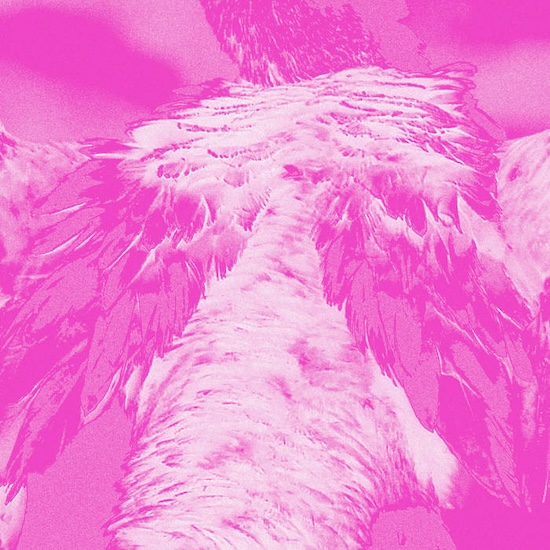According to the State of the World’s Birds report from 2022, about half of all bird species are in decline, one in eight are threatened with extinction and at least 187 have gone fully extinct since 1500. Imagine, then, a time in the not-so-distant future. Birds no longer exist, yet you yearn to hear the soothing croak of tropical birds and escape the slowly creeping climate dystopia. You turn to your favourite streaming service, but can’t find any field recordings there either. They are deemed functional audio, not music. Copyright unclear, monetisation difficult. Would you like to hear “Soothing Jazz Relaxing Music for Study, Work ☕ Cozy Coffee Shop Ambience with Smooth Jazz Music”, instead? You persist and, as a last resort, turn to your all-knowledgeable AI assistant and prompt the system: “a loud hissing screech which drops in pitch halfway”.
There’s a good chance that the music spurt out by the system would sound like a lesser version of the song of the same name that Kate Carr imagined for A Field Guide To Phantasmic Birds. As the London-based sound artist and owner of the crucial field recording focused label Flaming Pines writes in an accompanying note, this album of “all the birds I never recorded, and some I did” is a phantasmagoric set of artificial field recordings created with bird callers, electronics, and manipulated birdsong. Despite its occasionally familiar sonic artefacts – a bird’s undulating chirrup, a frog’s nocturnal croak – the music feels alien, as if documented on an exoplanet.
Each of the four cuts on the record has a vaguely ornithological sounding title, something a scientist would scribble down in their notebook trying to explain the appearance or birdsong of a newly discovered species. But underneath the surface, each piece is more than just a mirror reflecting the gorgeous characteristics of the animals and their calls. They unfurl into a myriad of layers, seemingly drawing from Carr’s internal monologue and sense of ecological dread.
The opening ‘Unlikely To Be Heard’ feels most grounded in reality. There’s a small orchestra of bird horns at play here, enveloped by a hissing mist in the middle of a synthetic jungle. A melody rears its head coyly from time to time, somewhere in the background, only to be shushed away by dangerous roars and the frenzied, synchronised flutter of wings. More than any of the following three cuts, the piece’s spirit and compositional structure feel connected to Carr’s other recent album, the enthralling False Dawn.
Created using dawn chorus field recordings from South Africa – whose sound possesses a strong textural quality – the aforementioned ‘A Loud Hissing Screech Which Drops In Pitch Halfway’ is anchored by a slow and very low murmur and sustained stabs that feel as if taken from the climax of a giallo film. Meanwhile, alien birds caw and chirp above this backdrop, clicking and swooping, only occasionally trilling. ‘Usually Concealed In Dense Foliage’ finds a more rhythmic albeit faint internal drive in the same primordial soup, huffing and puffing as textures and gurgling noises rise and fall, punctuated by wistful bird callers and an unexpectedly chaotic ending.
‘Shy, Typically Alone Or In Pairs’ then finds a sliver of optimism hidden somewhere deep, and dresses it around faint arps, concentric noises that spread like dulcimer hits, and beatific, ambient Americana evoking riffs. As whispers, cicada vibrations, and bittersweet amphibian squawks emerge from the forest, I can’t help but wonder if a machine will ever be able to imagine something so unusual yet sublime on its own.


